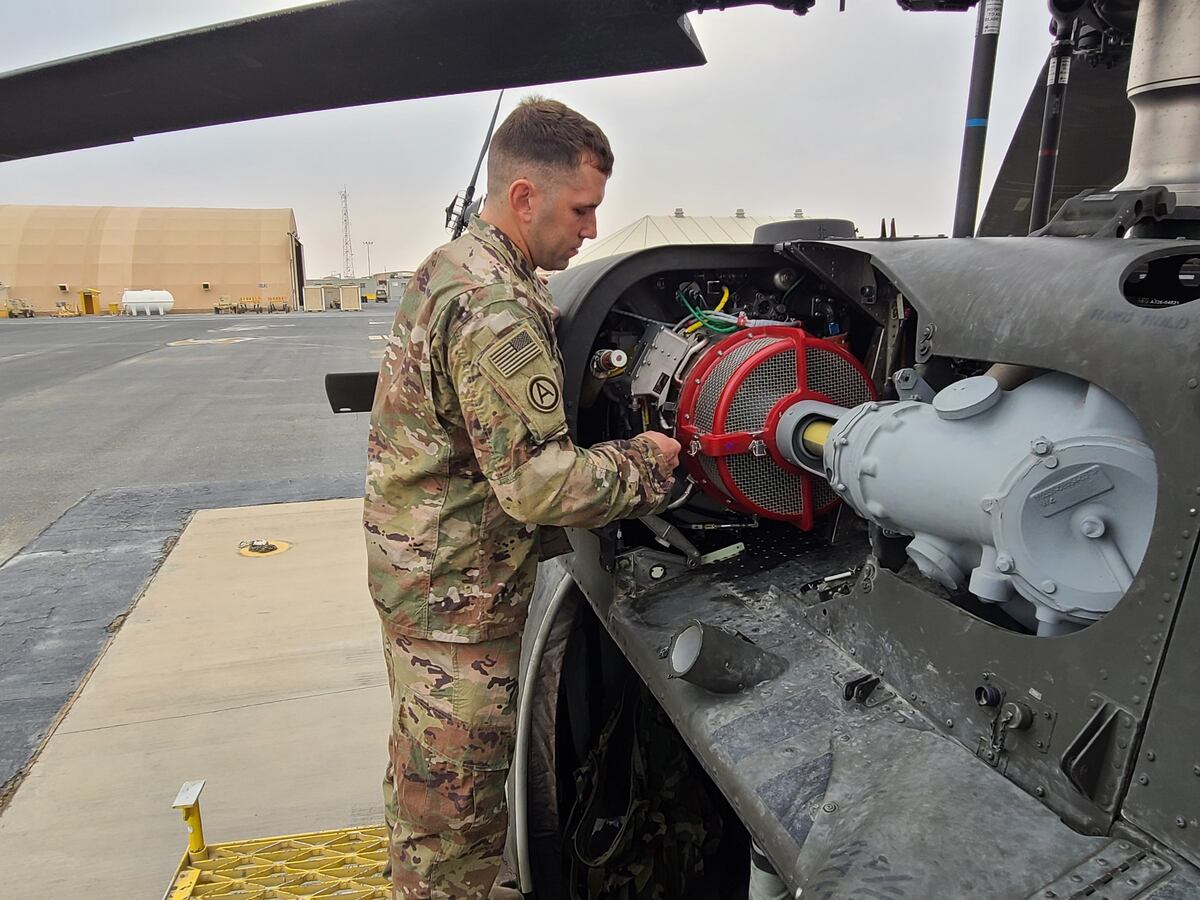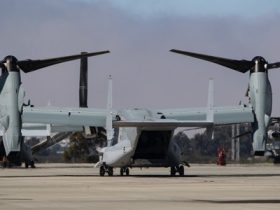The Army wants to track down maintenance-hogging pieces of weaponry and swap them out for recapitalized versions one-for-one under a pilot program to improve operational readiness, according to Army Materiel Command’s acting commander.
Part of the plan is to identify and harvest what Gen. Christopher Mohan calls “the dogs of the fleet,” using data analytics to determine specific vehicles, for instance, that have been heavily used and consuming the most repair parts.
The Army would, for example, take out the most-used Abrams tanks from a heavy Brigade Combat Team and replace them one-for-one with vehicles that have gone through a depot line in one supply transaction, Mohan told Defense News, “so we don’t create readiness holes.”
Those “dogs of the fleet” will go back to the depot and go into the repair line to support the next unit, he said.
The Army’s new operational readiness program – a pilot kicking off with a designated unit now – seeks to formalize a lot of the work that depot repair teams are doing and add additional layers to it, Mohan said in an interview ahead of the Association of the U.S. Army’s annual conference.
The plan is to send mechanics working with a unit while it is in pre-deployment and during deployment. The Army is initially targeting heavier units like Armored Brigade Combat Teams.
“We’re focusing this on one of our legacy equipped brigades,” Mohan said. “Think of the brigades that are not going to get fully modernized because this is where we see the greatest need.”
Another other piece of the pilot effort is building muscle memory “from a data analytics standpoint so that we can do better analysis and make better predictions about future readiness,” Mohan said.
The pilot will follow the first unit that U.S. Army Forces Command has designated all the way from pre-deployment, through its Combined Training Center rotation, to its overseas rotation, collecting data along the way.
“We’re going to make predictions along the way and then we’re going to grade our paper at the end of it to see how we did,” Mohan said. “It’ll play out over the next eight or nine months and then, look, let’s be honest, we’re not afraid to fail. If this does not [have an] end result in a readiness increase that we think based upon the resources we’re investing, we will take a step back.”
The Army also plans to take its expeditionary capability to places that require episodic maintenance like fleets used for training new Abrams tank or Bradley Infantry Fighting Vehicle crewmen. Those places require workers like heavy diesel mechanics and track mechanics, Mohan said, where the Army is in competition with businesses across the U.S. for that kind of expertise.
“Instead of continuously being challenged by hiring,” he said, “we’ll use expeditionary capability; we’ll use depot capability to actually swap out some of their older vehicles. … Then we will surge a depot team there when they have a cycle break and there’s a training lull to do focused maintenance on their training fleets.”
The service already has an expeditionary organic industrial base; sending out depot-level repair teams overseas to work alongside units to repair systems rather than shipping them back to depots in the United States, Mohan said.
Depot teams are present in places like in Poland, fixing battle damaged radars for a partner nation, Mohan noted, and training Polish mechanics to perform their portion of Army Prepositioned Stock maintenance, for example. A team in Korea is helping repair CH-47 Chinook cargo helicopters, and back in the continental U.S. another team is helping to salvage aircraft damaged during a recent microburst thunderstorm at Fort Carson, Colorado.
Expeditionary depot maintenance saves time and money, Mohan said. The team in Korea, for example, repaired a helicopter in 13 days compared to the 220 days it would take to bring it back to the U.S., fix it and ship it back, which would have cost roughly $1.8 million.
Jen Judson is an award-winning journalist covering land warfare for Defense News. She has also worked for Politico and Inside Defense. She holds a Master of Science degree in journalism from Boston University and a Bachelor of Arts degree from Kenyon College.
Read the full article here








Leave a Reply